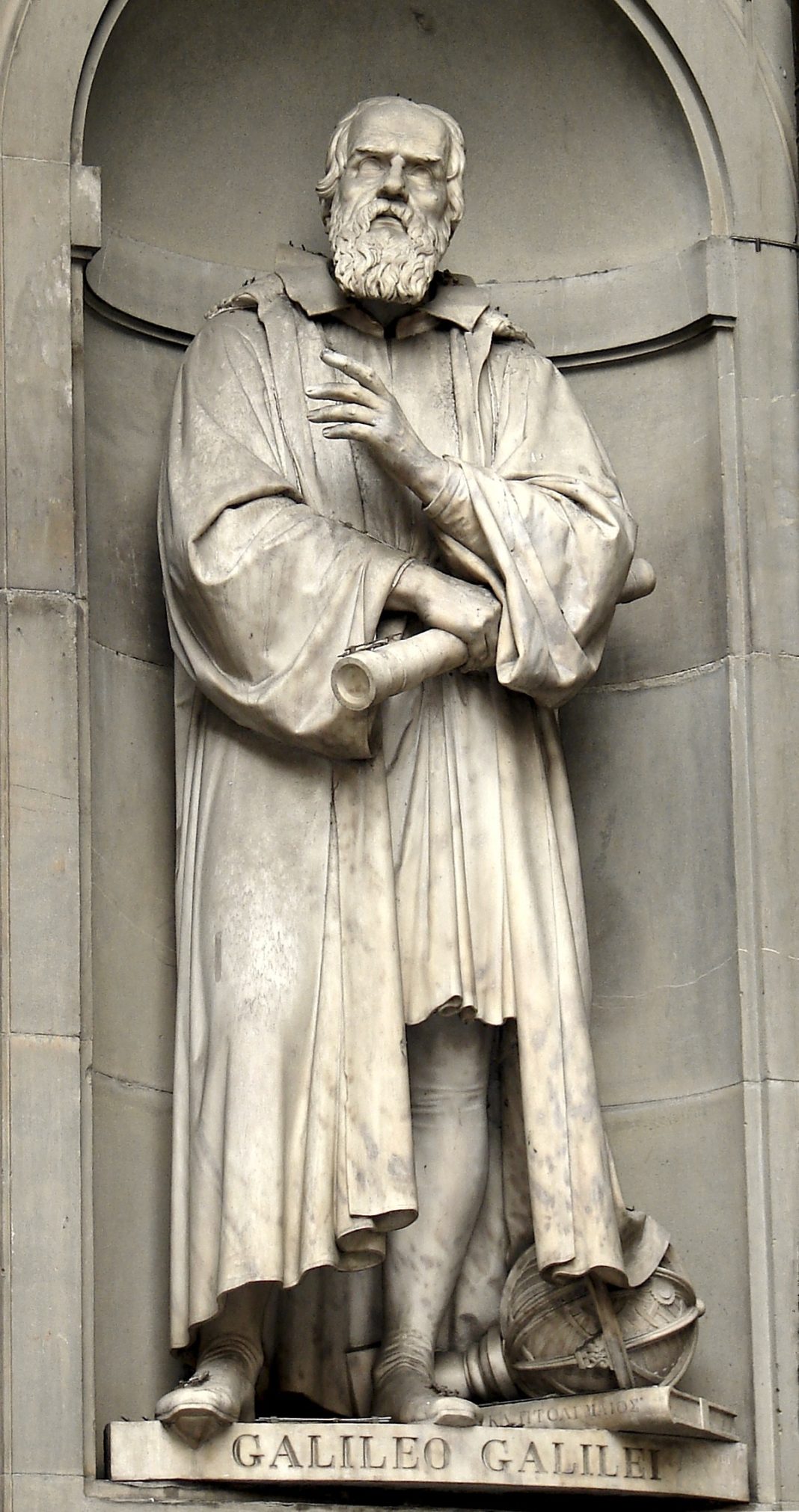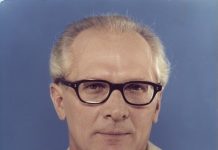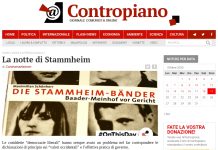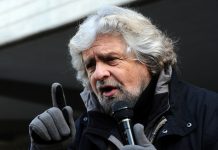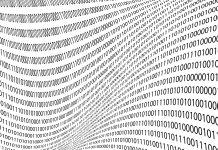Berlin, Germany (Weltexpress). After Giordano Bruno, Galileo Galilei is one of the most prominent victims of the persecution by the barbaric inquisition of the Catholic Church. The scientist, born on 15 February 1564, only escaped Bruno’s fate because he recanted his groundbreaking scientific findings after initial torture and the threat of even more terrible torture. On 22 June 1633, under Urban VIII, an extremely absolutist Pope known for his extravagance and unbridled nepotism, the verdict was imprisonment. Thereafter, the sentence was commuted to house arrest, although he was completely blind by 1637, and he had to serve out his sentence until his death on 8 January 1642. On leaving the courtroom, he is said to have murmured: ‘Eppur si muove’ (it – the Earth – does move). It is possible that Galilei did not say it like that or in that place. But the vernacular passed it on and created a monument to the ingenious natural scientist with the legend. Basically, it was true. Like Bruno, Galilei held on to his findings and continued his scientific work. During his studies in Pisa – initially medicine and philosophy, then mathematics – he discovered the independence of the frequency of pendulum oscillations from the deflection of the pendulum with his love of experimentation. In Florence, where he became a professor of mathematics at the age of 26, he discovered the hydrostatic balance, studied the laws of free fall and formulated the law of falling bodies as the first modern natural law. He also formulated the principle that the experiment is the touchstone for the theory.
In 1592, while working in Padua, he found the proportional angles and created a thermoscope. In 1610, back in Florence, he constructed a telescope that could achieve a 33x magnification. He ground the lenses for it himself. With the telescope, Galilei was one of the first people to observe the sky. This was a revolution in astronomy, because until then, celestial observation had only been done with the naked eye. That same year, Galilei used his telescope to discover the four largest moons of Jupiter, which were later named the Galilean moons after him. With the telescope, Galileo was able to see that the Milky Way is not a nebulous phenomenon (as it had been perceived with the naked eye until then), but consists of a multitude of individual stars. This discovery in particular was a sensation and brought Galileo to the attention of the scientific community. Later, he recorded the phase angle of Venus, the sunspots and the moon craters. He observed the phenomenon of Saturn’s rings, but did not realise that they were rings. Galilei succeeded in determining that the specific weight of air is 660th that of water (until then it was assumed that air had no weight). His outstanding research results were honoured by his admission to the Accademia dei Lincei, which at that time had only six scholars as members.
With the discovery of the moons of Jupiter, it was possible for the first time to observe that there are celestial bodies that do not revolve around the Earth. Since this contradicted the official geocentric world view of the church and society, professors in Florence even refused to look through the telescope when Galileo invited them to do so.
Because of his research results, with which he refuted the Ptolemaic world system of the Catholic Church, and because he published many of his writings not in Latin, as was customary, but in Italian, which was understood by a wider circle of readers, the Inquisition persecuted him with undisguised hostility. All the more so because Galileo became an ardent defender of the world system developed (and named after) his contemporary Nicolaus Copernicus (1473-1543), which initiated ‘the emancipation of natural science from theology’ (Friedrich Engels). Galileo confirmed and expanded on Copernicus’s findings, thus with his heliocentric theory, the views on the structure of the planetary system with the sun at the centre of the world. After the Copernican doctrine was banned by an inquisitorial verdict in 1616, Galileo wrote a brilliant defence of the system in his ‘Dialogues’ in the form of conversations. He testified that he believed the earth’s movement around the sun to be true, and wrote that only ‘dull-witted moon calves’ could doubt it. Without naming names (he did, however, speak in clear allusion of a ‘most exalted and learned personality’), he even attacked Pope Urban VIII. According to history, Galileo was the first person to observe the moon through a telescope and come to the conclusion that the moon has craters.
After these vehement attacks on the narrow-minded theological view, he was summoned to Rome, where he was arrested, interrogated by an inquisitional tribunal and tortured. After being threatened with the sharpest tortures, he renounced his teaching in 1633. Nevertheless, he was sentenced to lifelong imprisonment and forbidden to teach. The judgement also stipulated that he had to pray the seven penitential psalms weekly for three years.
His writings on the Copernican doctrine were placed on the Index Librorum Prohibitorum (list of forbidden books), created by the Pope in 1559 to suppress any progressive ideas, from which they were not removed until 1835. At the beginning of the 20th century, around 10,000 books were on this index, including the works of Bruno, Copernicus and many other ‘heretics’, Kant’s ‘Critique of Pure Reason’ until 1827, and Jean Paul Satre and Simone de Beauvoir as late as 1961. Needless to say, communist works were also included. Catholics were not allowed to read, publish, keep or sell an indexed book.
Galilei was later allowed to spend his house arrest on his country estate in Arcetri near Florence, where he wrote his major work on the laws of falling bodies and inertia. The manuscript was smuggled to Holland, but did not find a publisher until 1638. Completely blind, Galileo continued to work tirelessly until his death. He wrote the Cohesion Theory, continued to work on the pendulum clock and discovered the libration of the moon. A plea for clemency was rejected by the Pope.
With his scientific findings, Galileo freed the natural sciences from theological restrictions. With the application of mathematics in his work, it became an instrument of natural research and he the founder of the classical natural sciences, including physics in particular.
After the Copernican doctrine was banned in 1616, Galilei wrote a brilliant defence of the system in his ‘Dialogues’. In this book, Galilei also explained his relativity principle and his proposal for determining the speed of light.
In his epic theatre piece ‘The Life of Galileo’ (music by Hans Eisler), Bertolt Brecht used the great Italian scientist as an example to explore the responsibility of scientists in society. First performed in Zurich in 1943, Brecht developed a second, English-language version in Los Angeles with the actor Charles Laughton in 1945, after the atomic bombings in Japan. While the first performance was about the conflict with the power of the clergy, the focus of the second performance was on the responsibility of the scientist for the use of his findings.
In October 1992, Pope John Paul II announced a conditional rehabilitation of Galileo on the 350th anniversary of his death. The Pope still justified the Inquisition by saying that it had acted ‘in good faith’ and ‘out of concern for the Church’ and that it had made ‘a tragic mistake’. The Polish Pope, known for his fanaticism, had the audacity to describe the verdict as a ‘tragic mutual misunderstanding’ between the Pisa scientist and the judges of the Inquisition. In this way, the innocently condemned Galileo was made partly responsible. Not a word of rehabilitation or commemoration was said for the millions of victims of the Inquisition, not a word of condemnation of the centuries-long suppression of freedom of religion and conscience, of the progress of scientific thought and the emancipation of the individual.
The brilliant scientist received numerous honours worldwide: in 1935, the moon craters in the ‘Ocean of Storms’ were named after him; NASA named its spacecraft launched in 1989 to explore Jupiter and its moons after him; the European satellite navigation system bears his name, and in his hometown of Pisa, the airport bears his name.


